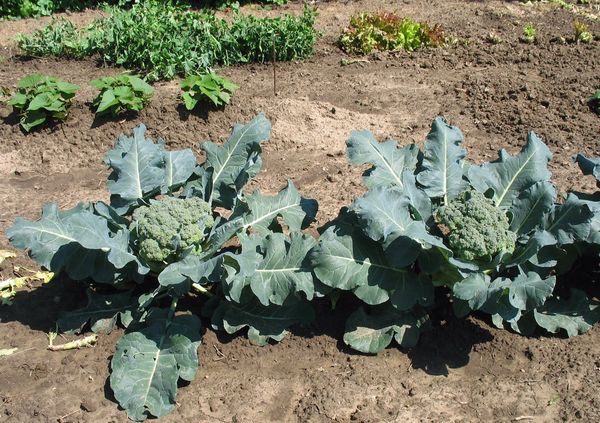Very similar to external data with broccoli cauliflower has no less valuable qualities and benefits for the human body. Therefore, the agrotechnology of the vegetable is mastered by an increasing number of gardeners, replenishing winter stocks with a “vitamin bomb”. With proper care, growing vegetables in the open field is easy and simple.
Table of contents
Description and characteristics of broccoli
Broccoli is also called asparagus cabbage. The historical trace of the vegetable can be traced in the manuscripts of the XVI century, but it is reliably known that the hybrid was bred in the 6th-5th centuries BC.
For many centuries, fruits were grown exclusively in the northeastern Mediterranean (modern territory of Italy). And only at the beginning of the XVIII century cabbage falls in England and other European countries.
Later, exotic dishes with green buds began to appear overseas. Slavs liked the product immediately due to the delicate taste and rich vitamin composition.
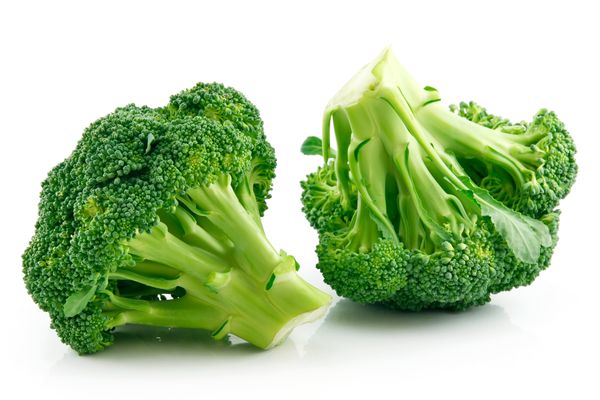
The plant is annual, the fruiting period depends on the conditions of cultivation and care. Edible part are considered unopened buds, not leaves.
The appearance of the plant is similar to cauliflower, but has a rich green color. Vegetable grows and fruits for several months to the row.
From a fairly high stem (60-90 cm), the ripe inflorescences of the apex are cut off, after which the lateral buds begin to actively develop. Among the advantages of culture is simple agricultural technology,for the cultivation of fruits will require a minimum of effort.
The right conditions for growing in the country or garden
Broccoli is grown rassadny way. This allows you to cultivate vegetables in central Russia and southern regions. Even the capricious Ural weather does not prevent getting a good harvest.
The plant adequately transfers and sharp temperature drops, and drought, and the increased humidity. Experts advise against using late-ripening varieties for regions with cool and short summers. If you plant in such conditions, then the inflorescences in such conditions simply do not have time.
Cabbage seed time
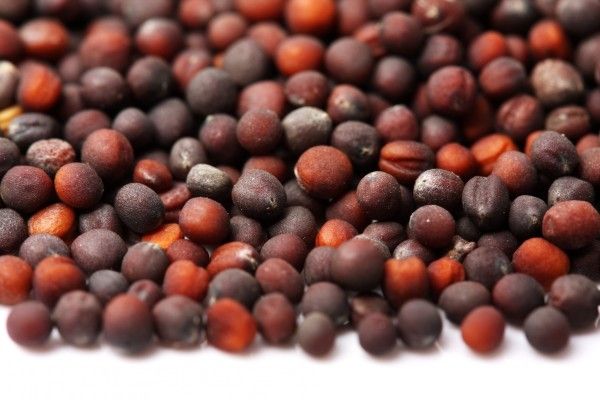
Planted seeding on the first half of March. For phased harvesting, it is recommended to sow in a conveyor way with an interval of 2 weeks.
From the 20th of April seeds can be planted in open ground, thereby making seedless broccoli cultivation so as not to grow seedlings at home.
Before planting, the seeds are sorted, discarding small or with signs of illness. The seed treatment includes the procedure soaking in hot water (temperature 50 degrees) for 15-20 minutes.After warming up, the seeds should be immediately immersed in cold water for 3-4 minutes.
To stimulate growth and strengthen protective functions, it is recommended to immerse the grains for 15 minutes in Appin solution, then rinse under running water and dry to a flowability state.
Fill them with drainage and loose fertile soil neutral or slightly acidic environment.
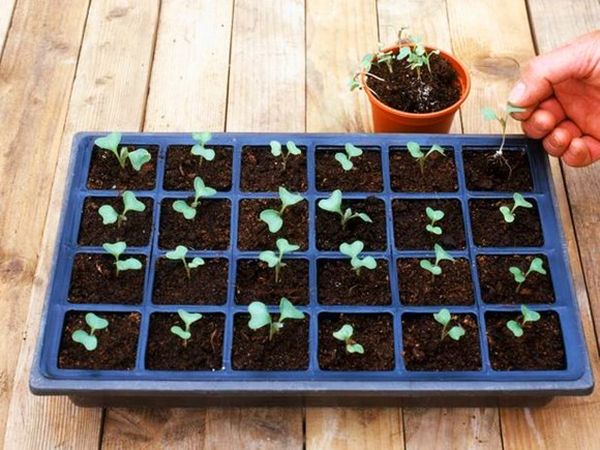
In the box with the substrate you need to make grooves with a depth of 1-1.5 cm. The seeds are spread out at a distance 3 cm apart. You can cover up with peat or used soil. It is not necessary to press down the surface unnecessarily.
Seed germination conditions:
- the air temperature in the room should be about 20 degrees, the humidity is not below average;
- moisturize moderately with a spray bottle if necessary;
- lighting requirements are not imposed.
After 6-8 days, shoots will appear on the ground surface.
Care of seedlings
After the appearance of sprouts, the temperature should be lowered up to 8-10 degrees. A week later, rates are rising up to 15-20 degrees. Special care for the seedlings is not necessary, as well as there are no special secrets, it is important to follow the generally accepted rules:
- regular watering to keep the soil dry;
- good lighting (in March, the day is not long enough, so you can highlight the fluorescent lamp);
- lack of drafts.
Picking seedlings
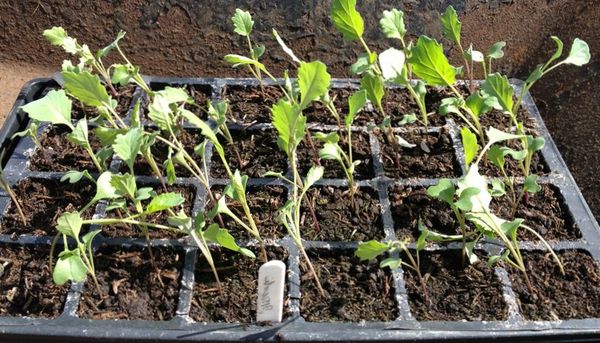
The process of picking creates a stressful situation for the plants, so it is recommended to increase the room temperature by up to 21 degrees for several days, and to build shading out of paper from the sun. So shoots easier to settle down in the new environment.
A week later, the temperature regime is set:
- in the afternoon - 17 degrees;
- at night - 9 degrees.
5-7 days after the picks need enter feed, including microelements important for the development of broccoli: boron, molybdenum, potassium, etc.
Before planting seedlings on a garden in the country you need to start 2 weeks tempering. To do this, the seedlings are taken out every day for several hours to adapt to the new habitat. Expose the plants do not need a deep shadow and under the open sunlight.
Scheme and distance when landing in open ground
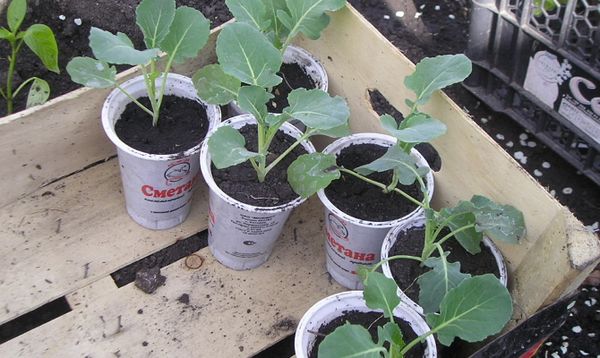
This period often falls on mid-may. Place under the bed is selected on the sunny side of the garden. Good predecessors are:
- cereals;
- cucumbers;
- legumes;
- potatoes;
- carrot;
- bow.
Landing is also suitable for planting after growing sideratov. But after a turnip, radish, tomatoes, beets planted broccoli is not worth it.
The soil is suitable for cabbage loose fertile neutral or weakly acidic environment. If acidification is observed, dolomite flour or ground quicklime must be injected.
The annual use of land depletes it, so every autumn it is fed with manure or compost (4-5 kg per 1 m2).In the spring, it is enough to enrich the bed with complex mineral fertilizers, which include nitrogen.
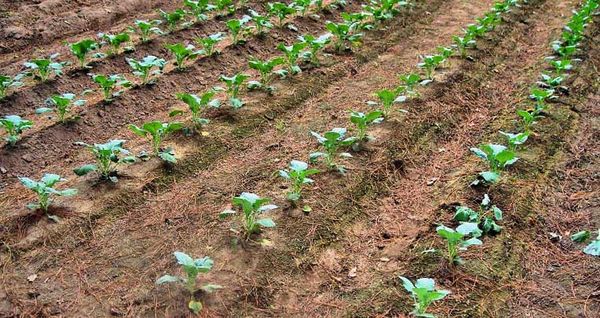
Before planting the soil is leveled with a rake. It is ideal to perform work in the evening or in the afternoon in overcast weather, so that the seedlings will quickly start in a new place. It is recommended to locate holes for seedlings according to the following scheme: 35x60 cm.
The pits are first watered, then filled with fertilizer (5-7 grams of minerals, half a glass of wood ash, a glass of peat). Formed beds watered with warm water. If there is a threat of night frost, you need to build supports and stretch the plastic film.
Care rules
Caring for broccoli is practically no different from cauliflower. The only feature considered danger of direct sunlight on young shoots. It will be necessary to pay attention to plants, having built simple shading by means of a cardboard or fabric.
Irrigation is carried out Once a week. In hot weather, you should not allow the soil to dry out, so the frequency of watering is increased up to 3 times a week. However, it is important to remember that waterlogging of the soil and stagnation of water in it can provoke root rot.
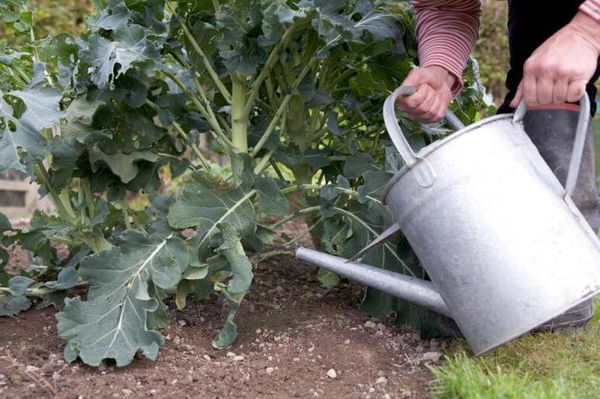
Moisturizing is done through the roots and by spraying the plant. Procedures should be carried out in the early morning or in the evening when the sun is already setting.
After watering or precipitation need land up on the bed. Soil enrichment with oxygen will benefit not only the root system, but also the setting of inflorescences.
Simultaneously with loosening on the site weeds are removed. They create many problems for vegetable crops, attracting insect pests and increasing humidity, and as a result, fungal diseases develop.
Intensively developing culture is needed regular correct feeding. During the growing season they make at least 3 times:
- the first time after 2 weeks after transplanting seedlings (1 cup of a solution of mullein per 10 liters of water, a teaspoon of urea);
- the second feed is administered 2-3 weeks after the first (matchbox saltpeter to 10 liters of water);
- the third time the plants are fed at the end of summer (40 g. of superphosphate, 10 g. of potassium sulfate, 20 g. of ammonium nitrate, 10 l of water).
When the inflorescences mature on the main stem, the culture weakens. To stimulate the development of side shoots, it is recommended to fertilize each cut bush with a nutrient fluid (40 gr.superphosphate, 20 gr. ammonium nitrate, 10 gr. potassium sulfate, 10 l of water).
As a top dressing and disease prevention, you can dust a bed of wood ash (1 cup per m2).
Harvesting and Storage
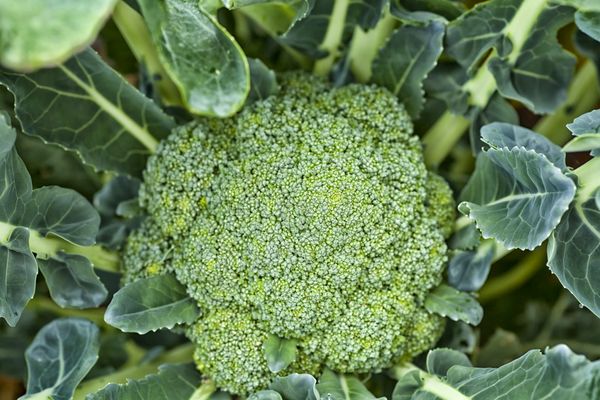
Remove the cabbage is before the disclosure of its flowers. This moment is easy to miss, so you should pay attention.
In determining the readiness of the vegetable for pruning, you can focus on the following signs:
- Mature head has a diameter of 12-14 cm;
- color - dark green;
- buds should be closed (a signal for quick cleaning is the yellowing of buds).
Usually inflorescences reach the desired degree of maturity after 60-65 days after germination of seedlings. And you can harvest until the cold, and in the Urals, and in Siberia, and in the suburbs.
Cut cabbage need early morning. Cutting off, twisting the stem, is not allowed, side shoots are damaged, which precludes further fructification of broccoli.
Heads are stored approximately 3 months. For this, the most favorable conditions are created: coolness and lack of sunlight.At home, it is ideal to use for this purpose the cellar or vegetable compartment in the refrigerator.
All the trace elements and vitamins useful for the human body are found in broccoli in the most digestible form. In addition, agricultural technology is affordable. Therefore, it is simply necessary to grow a unique vegetable on your property, much less to take care of it.
